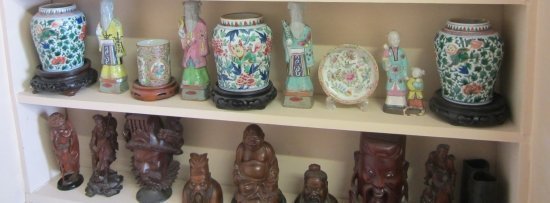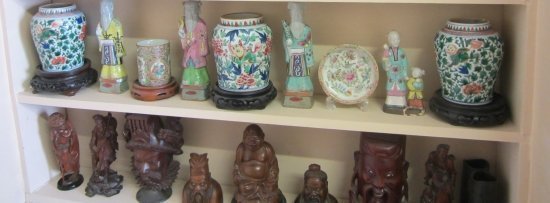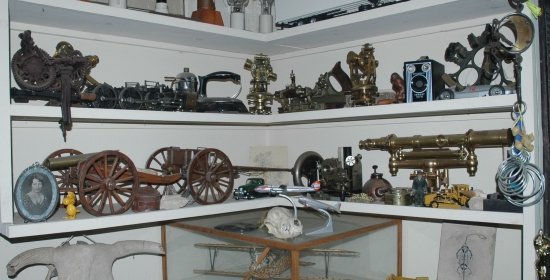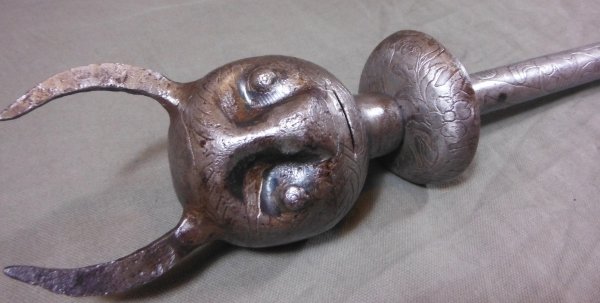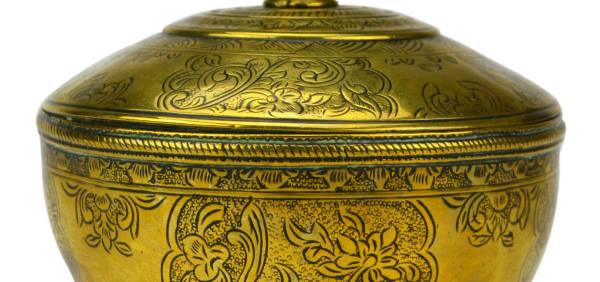Appraising antiques tends to be an art rather than a science. However, there’s no doubt there are facts about dates, provenance and condition of an object that can be pinned down. What’s difficult about appraising the value of an antique is predicting the behaviour of the market. Today’s high value object can become tomorrow’s bargain bin item, and vice versa. On the whole, unless you’re a very keen and experienced amateur who’s prepared to put in the research, appraising antiques is best left to the professionals.
There are some things you can do to help a professional antique appraiser to come to a realistic and accurate valuation. If you know something of the history of an item, that can be extremely helpful. For example, knowing that a relative brought back a porcelain vase from China during the 19th century is a vital piece of information for an appraiser. The more detail you have about how an item has come into your hands the better. If you have documentary proof of ownership, such as a receipt or an authenticated letter of purchase, that’s all to the good.
If you want to appraise an item yourself with the idea of buying it, then you should also ask for any evidence about the item’s provenance. The first thing you’re looking out for is the possibility that what you’re looking at is indeed a Victorian snuff box, and not a 20th-century reproduction. Unfortunately, skilled forgers do operate and there are unscrupulous sellers who’ll try to pass off a fake as genuine.
Restoration is another thing to watch out for. Perhaps the piece of furniture you’re looking at is partly authentic, but also partly the result of much more recent restoration. Skilled craftsmen can make surprisingly convincing parts and combine them with the remains of a genuine piece. Never be afraid to ask searching questions. If the seller is evasive, perhaps they have something to hide.
The other factors you need to consider are the condition of the item and the likely market for it. Take Corgi toy cars from the 1960s, which can achieve surprisingly high prices. But those high values tend to be for examples that are in mint condition and presented in their original packaging. A battered old toy that you had when you were a child, with chipped paint, bits missing and a few dents is likely to have very little value. To ascertain market value, you need to do some research. Find out what antique items similar to yours have fetched in the recent past by looking at internet auction sites.
Find out current retail prices by browsing in antique shops and markets. Then make your judgement on value, a judgement which will inevitably come from a mixture of hard evidence and gut feeling.



